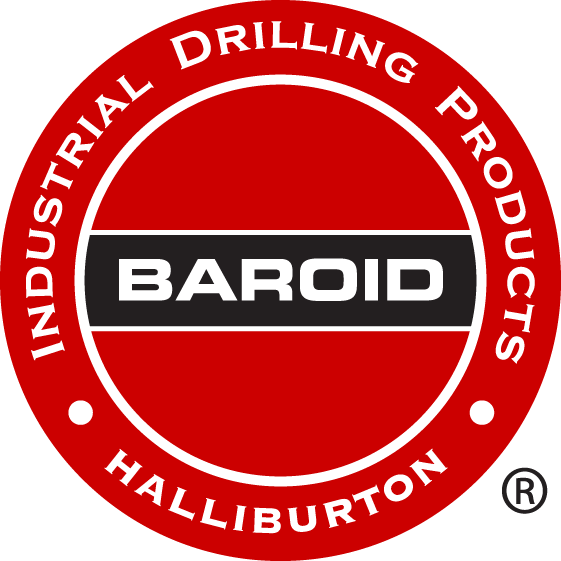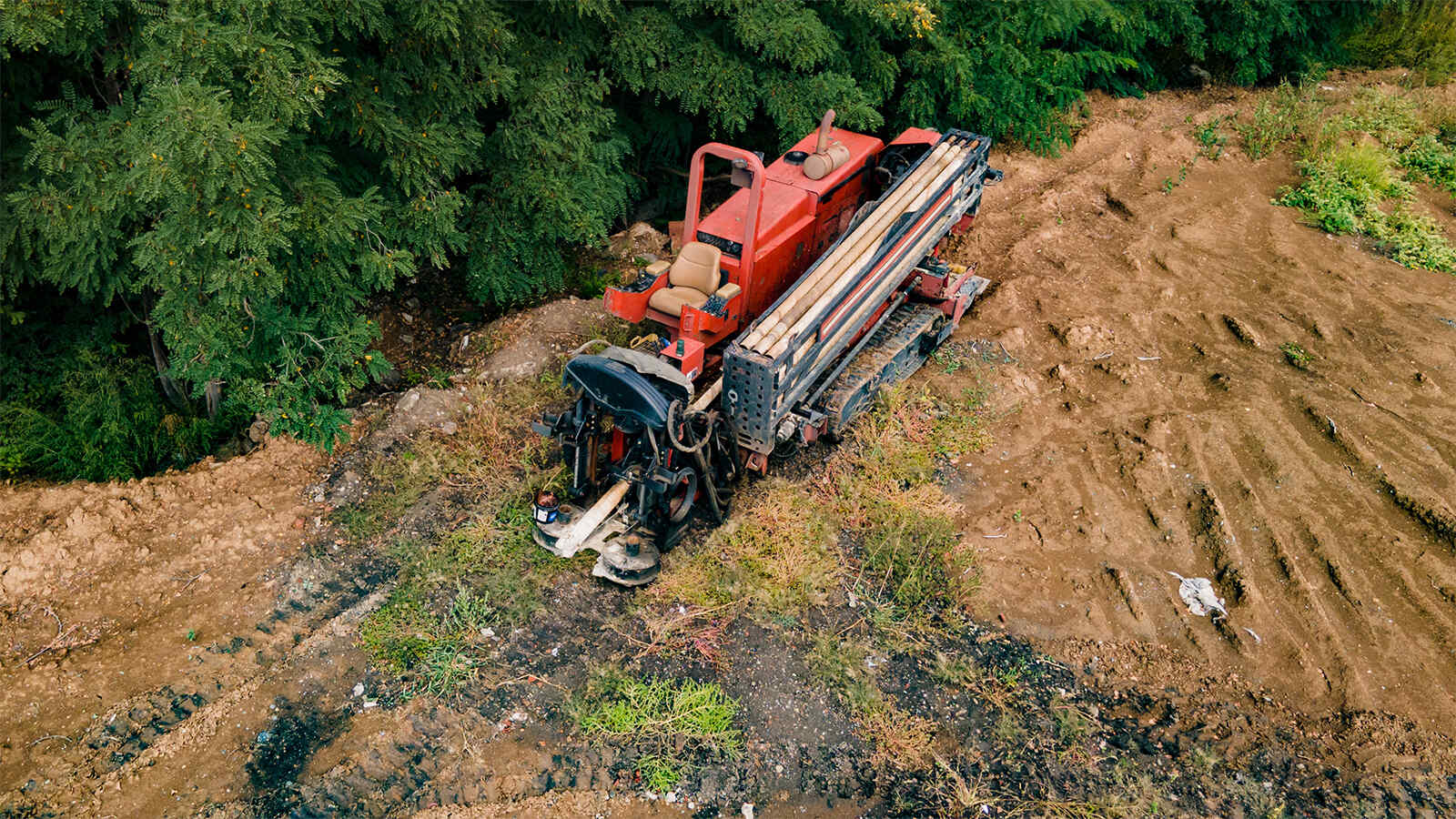 Search
Search
 Search
Search

DRILLMASTER SERIES
When a contractor calls about a perceived drilling fluids problem, he’s sometimes surprised when we seem to ask questions about what seems to be everything except drilling fluid. We ask about the soil, the bit, the reamer, the volumes being pumped and then ask about the drilling fluid he’s currently using. If the contractor has the luxury of postponing the job until a later date, we may even ask for a soil sample. By this time, we may have the contractor totally confused. He called about drilling fluid and drilling fluid is only part of what we’re talking about. Why?
The factors that make a successful bore are too interrelated for us to be able to point a finger at any one of them as being the cause of a problem in all cases. Let’s put these factors in the form of a square.
Notice that the base or foundation of this square is soil identification. Every decision we make from this point on should be based on properly identifying the soil we intend to drill. Do we need a professional geo-technical investigation? They can help but on most utility jobs there’s not enough money in the bid. We can do it ourselves in most cases. If we’re exposing utilities or digging a slurry catch pit, dig deeper with a long handled post -hole digger. Put a sample of this soil into a plastic cup with some water. What does it do? If it swells or gets sticky, we know it’s shale or clay. If it falls apart, we may not know if it’s sand, shale or clay but we’ll have a very good idea that we shouldn’t drill with water.
Once we’ve identified the soil or (in some cases) soils we’ve got to control, we can move on to fluid selection. In past Drillmaster Reports, we’ve discussed the use of bentonite for drilling sand and gravel and the use of PHPA polymer for clay and shale. Now, however, we need to make decisions about product concentrations and additives. In sand do we have coarse material or small pea gravel that may require additional gel strength for suspension? Was the sand dry and porous requiring a filtrate-reducing polymer to tighten the filter cake (wall cake)? What is the moisture content of the clay or shale? Is it sticky? Do we need to add a wetting agent to overcome the sticking tendency of the clay? Whatever you decide to do, let’s make one final test. Take some of the soil you dug up and put it into a plastic cup of the fluid you’re going to use. Leave it for a period of time and observe it. Take it out of the cup and feel it. Visualize what’s going to happen in the hole. If you feel comfortable with the fluid and the way it interacts with the soil, it’s time to start the bore.
At one time, the Ford Motor Company would give you any color car you wanted as long as it was black. To a point, we had that same problem with bits and reamers. Now, however, the rig manufacturers are giving us more options on bits and reamers than ever before. If steering is a problem because the ground is too soft, we can go to a wider blade. If the ground is hard, going to one of the stepped or tapered carbide bits may be the answer. Bits are available with granular carbide in a bronze or steel matrix. Bits are designed with replaceable carbide inserts for rock (or soil that wants to act like rock). The point is that we can match the bit to the soil type. When we reach the exit point, we can observe the condition of the bit to see if we need to make any changes in our fluid or reamer selection. For example, if the bit is balled up with clay, we probably need to add a wetting agent to the fluid to prevent stickiness. We may also need to choose a reamer that will chop up the clay to prevent large pieces from bridging off behind the reamer. If we have encountered any unexpected rocks, we may need a fluted or spiral reamer to press them into the side of the borehole. Again, bit/reamer selection and possible fluid changes are all dictated by the soil.
We can make all the right decisions up to this point and still have a failed by not pumping enough fluid. In a non-reactive soil such as sand, we may be able to produce a flowable slurry with as little as 1 to 1½ gallons of fluid per gallon of soil, especially on short shots. We can do this because sand is inert. It doesn’t swell. It doesn’t get sticky. Clay, on the other hand, can do both. Because of this, 3 to 4 gallons or more of fluid may be required per gallon of clay soil in order to maintain flow.
There’s not a universal soil. Because of this fact, there’s not a universal fluid, bit or reamer. Nor is there a universal volume of fluid to be pumped per gallon of soil. Everything is interrelated.
